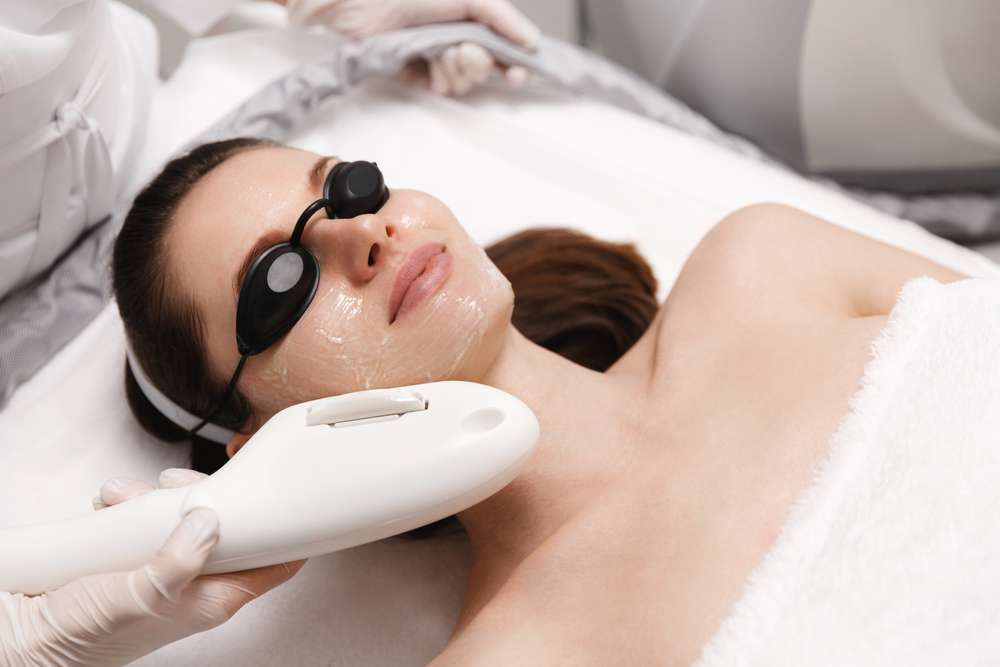Reveal Luminous Skin: Exploring Rejuvenation Treatments
Discover how modern skin rejuvenation can refresh your complexion and restore a youthful glow. From laser procedures and chemical peels to microneedling, fillers, and Botox, learn how targeted treatments reduce lines, correct pigmentation, and improve texture while enhancing overall skin health. Get practical guidance on effectiveness, downtime, costs, and what to discuss with a skincare professional before you book.

Skin rejuvenation has become a go-to strategy for people seeking healthier, more youthful-looking skin. Rather than a single solution, rejuvenation describes a suite of treatments designed to address concerns such as fine lines, wrinkles, uneven texture, sunspots, and loss of volume. These therapies work by encouraging cellular renewal, stimulating collagen, and addressing pigmentation — often yielding both aesthetic and functional skin improvements.
How laser treatments contribute to skin rejuvenation
Lasers are among the most versatile tools in rejuvenation. They deliver concentrated light energy to precise layers of the skin, prompting controlled injury that triggers the body’s natural healing response. That healing produces new collagen and elastin, smooths texture, and can reduce discoloration. Common approaches include ablative lasers that remove surface layers for more dramatic resurfacing, and non-ablative or fractional lasers that create micro-injuries while leaving surrounding tissue intact to speed recovery. Specialized pigment-targeting lasers can break up melanin to fade sunspots and hyperpigmentation. Treatment settings are customized to skin type, concern, and desired downtime, making laser therapy adaptable for many patients.
Popular facial rejuvenation treatments and how they work
-
Chemical peels: A chemical solution removes damaged surface cells, encouraging fresh, more even skin to emerge. Peels range from light to deep, with deeper peels producing stronger results and longer recovery.
-
Microdermabrasion: This mechanical exfoliation gently removes the outermost dead skin cells, improving brightness and smoothing minor texture issues with minimal downtime.
-
Dermal fillers: Injectable gels (often hyaluronic acid) restore lost volume, lift tissues, and soften deeper lines and folds. Results are immediate and vary in duration depending on the product.
-
Botox: Botulinum toxin temporarily relaxes targeted facial muscles to decrease expression lines such as crow’s feet and forehead creases. It’s a high-efficacy option for dynamic wrinkles with little downtime.
-
Microneedling: Tiny needles create micro-channels in the skin, stimulating collagen production and enhancing product absorption. When combined with growth factors or radiofrequency, its tightening and texture benefits increase.
These procedures can be combined in a tailored program to address multiple concerns simultaneously — for example, pairing laser resurfacing with filler to tackle both texture and volume loss.
Do skin rejuvenation procedures improve overall skin health?
Yes. Many rejuvenation treatments go beyond cosmetic change by strengthening the skin’s structure and barrier. Stimulating collagen and encouraging cell turnover improves elasticity, reduces fragility, and helps the skin retain moisture. Enhanced cell renewal and reduced sun-damage pigmentation also lead to a more even tone and smoother texture. Better barrier function can increase the effectiveness of topical skincare products, meaning post-treatment regimens often yield amplified benefits. Regular, appropriately spaced treatments can maintain these improvements and slow the visible effects of aging.
What to weigh before choosing a treatment
Before scheduling any procedure, consider these factors:
-
Skin type and specific concerns: Some therapies suit certain skin tones and conditions better than others. Darker skin tones may need specialized laser protocols to reduce pigmentation risks.
-
Realistic expectations: Understand what each treatment can and cannot achieve. Dramatic results may require more invasive procedures.
-
Downtime and recovery: Light treatments often allow same-day activities, while deeper lasers and peels can require days to weeks of recovery.
-
Maintenance: Many treatments need repeat sessions or periodic touch-ups to sustain results.
-
Risks and side effects: Know the potential complications, from temporary redness and swelling to pigment changes or scarring in rare cases.
-
Budget: Costs vary widely depending on provider, region, and treatment intensity.
A consultation with a licensed dermatologist or experienced medical aesthetician is essential to determine the safest and most effective plan for your needs.
| Treatment | Provider Type | Effectiveness | Cost Estimation |
|---|---|---|---|
| Chemical Peels | Dermatologists, Med Spas | Moderate to High | $100 - $600 per session |
| Laser Resurfacing | Dermatologists, Plastic Surgeons | High | $1,000 - $3,000 per session |
| Microdermabrasion | Med Spas, Estheticians | Mild to Moderate | $75 - $200 per session |
| Dermal Fillers | Dermatologists, Plastic Surgeons | High | $600 - $1,500 per syringe |
| Botox | Dermatologists, Plastic Surgeons | High for wrinkle reduction | $300 - $600 per area |
Prices, rates, or cost estimates mentioned in this article are based on the latest available information but may change over time. Independent research is advised before making financial decisions.
Comparing effectiveness and cost: higher-impact treatments like laser resurfacing and injectable fillers typically deliver more noticeable, longer-lasting outcomes but come with higher expense and potential downtime. Milder options such as microdermabrasion offer subtler improvements with lower cost and minimal recovery. Consider both up-front expense and long-term maintenance when budgeting for a treatment plan.
Making the most of your rejuvenation plan
A successful approach begins with a clear assessment of your skin and goals. Providers often recommend combining modalities (for instance, microneedling plus topical serums or a series of light peels followed by targeted laser work) to enhance results while managing downtime. Pre-treatment skin care and sun protection are critical for minimizing complications and optimizing outcomes. Aftercare, including gentle cleansing, hydration, and sunscreen, supports healing and prolongs results.
This article is for informational purposes only and should not be considered medical advice. Please consult a qualified healthcare professional for personalized guidance and treatment.






